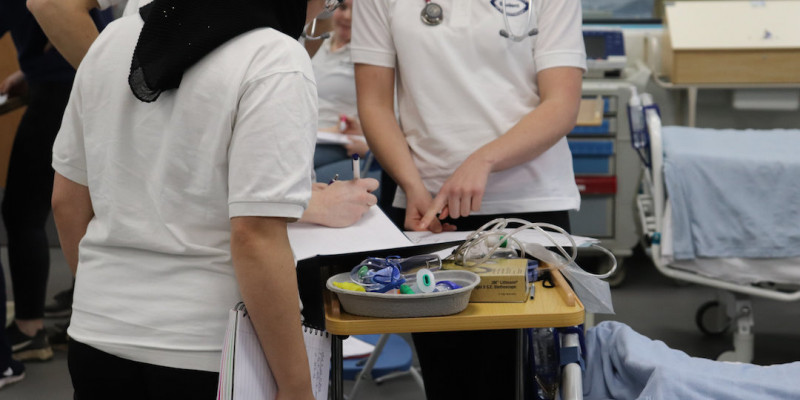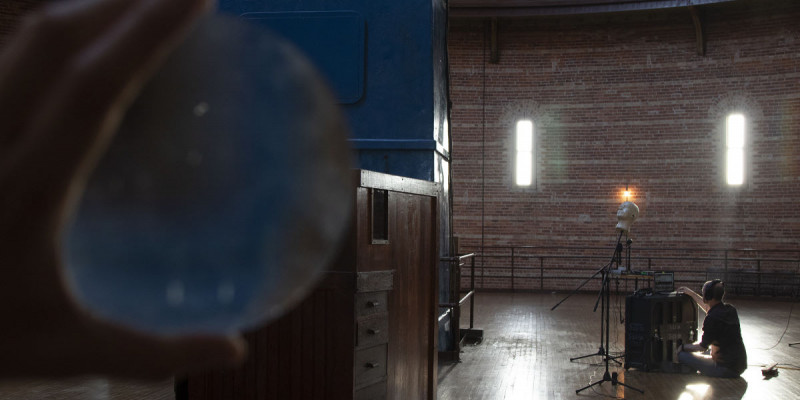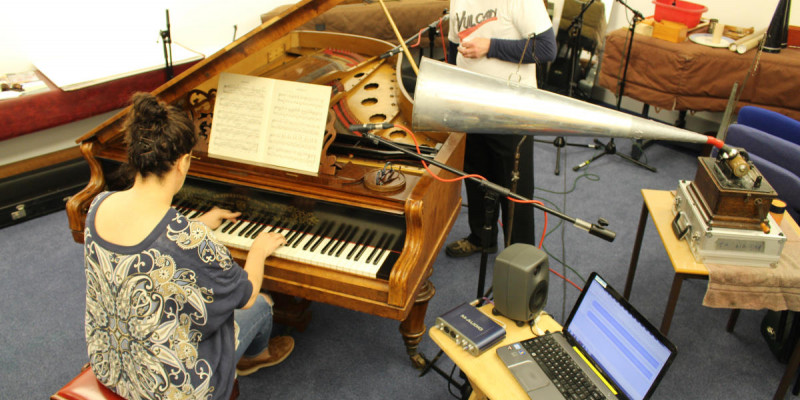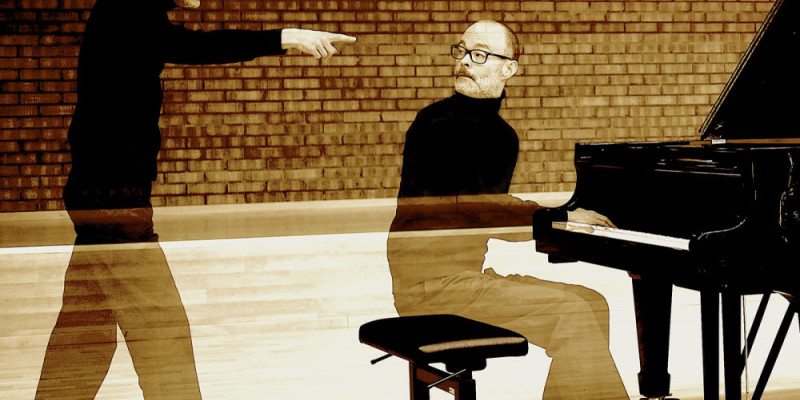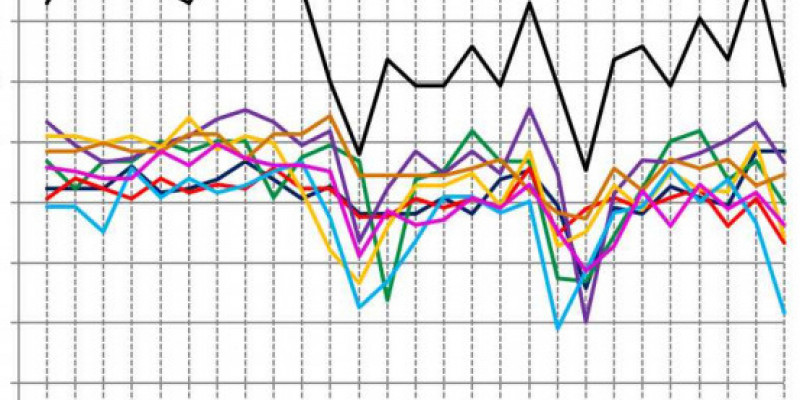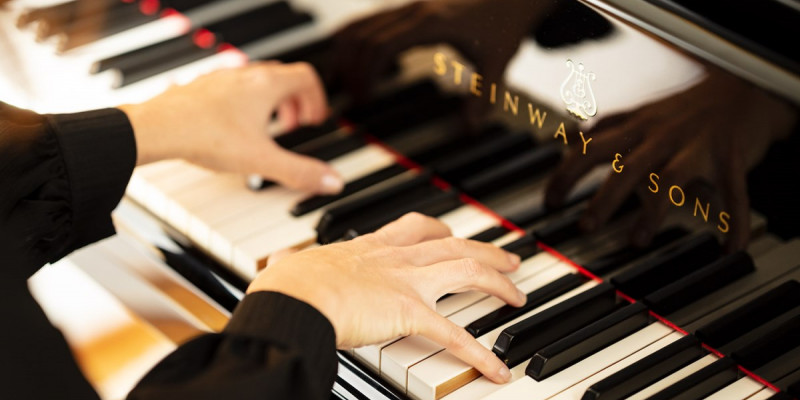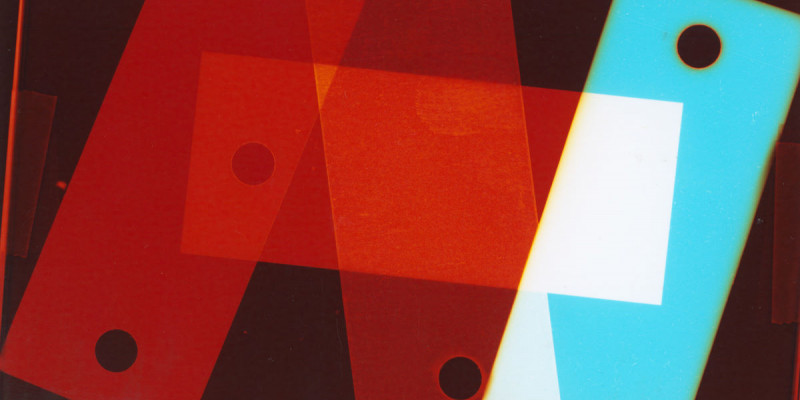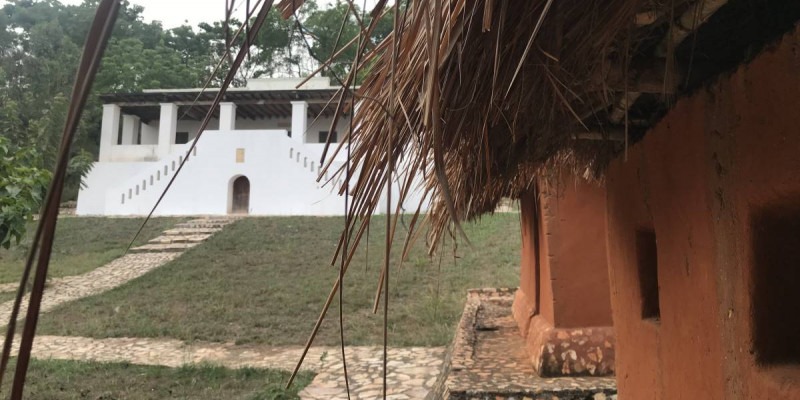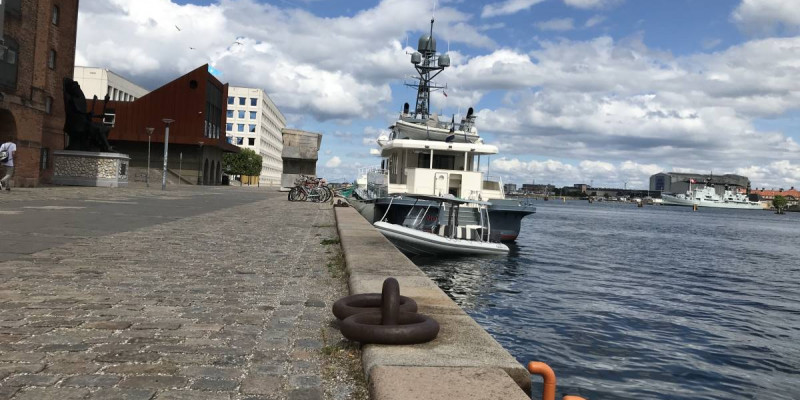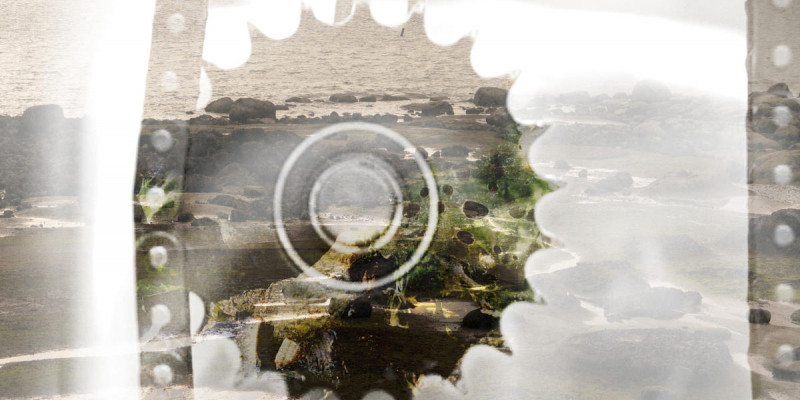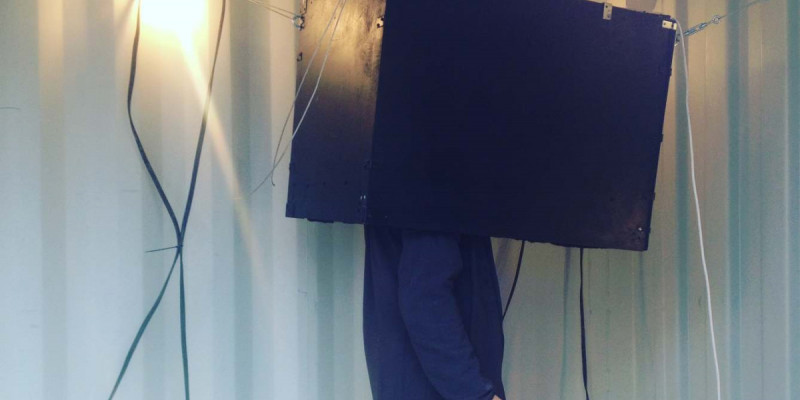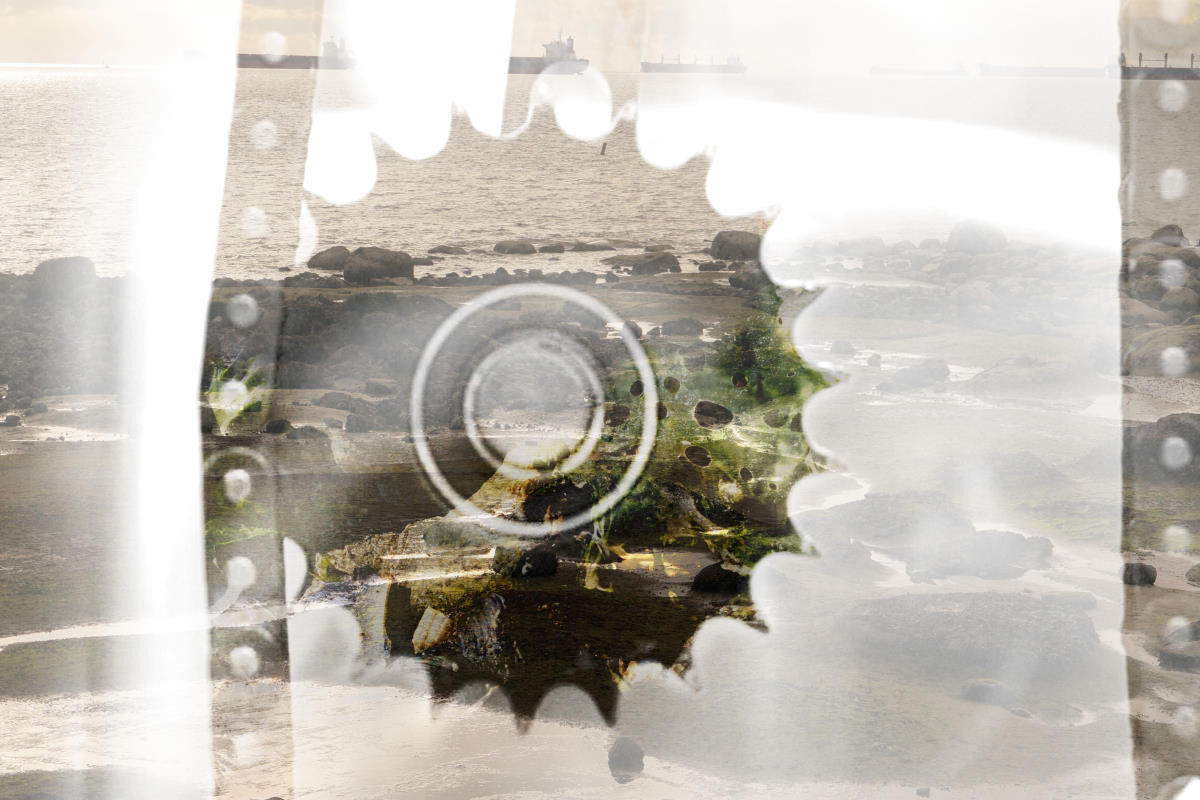
Soundscapes as archives
Abstract
This audio paper is based on research that accompanied my work on Intertidal Room, a site-responsive and time-specific soundwalk composition.* It was developed in summer 2020 to be listened to during low tides while walking along Vancouver's shoreline. The composition explores how the entanglement of historical, environmental, and cultural processes at the city's intertidal zones has been reflected in their present soundscapes. This audio paper focuses more closely on the part concerned with Vancouver and British Columbia's colonial history. It features reflections from my fieldwork, fragments of conversations with Candace Campo, my guide to Vancouver's indigenous history, alongside field recordings from the intertidal zones. Overall, Intertidal Room is an attempt to practically engage in rethinking and reconfiguring some of the assumptions that have underlain the field of acoustic ecology and soundscape studies as conceptualized and practiced by the World Soundscape Project.
With this audio paper and the extended abstract below, I propose that besides manifesting the acoustically present, soundscapes should also be heard as specific archives that comprise both traces and absences of the aural past. If carefully attended to, practices of listening, soundwalking, and soundscape composition can obtain the function of aesthetic and critical modes through which we can sense, access, work with, and give justice to these contested archives of the aural.
Extended abstract Revisiting the World Soundscape Project
Founded by Canadian composer Raymond M. Schafer, the World Soundscape Project (WSP) was a research initiative initiated to rethink our relationship with the environment by turning attention towards sounds (Schafer 1977). While recent years have witnessed a significant revival of practices and concepts developed by the group, a growing amount of critical evaluations of their work and legacy emerged simultaneously (Ingold 2007, Kerman 2010, Sterne 2013). In their recently edited volume, Milena Droumeva and Randolph Jordan opened up the legacy of WSP to such an assessment (Droumeva and Jordan 2019). The authors suggested that today's acoustic ecology must function from a different vantage point to that which shaped the work of WSP fifty years ago: "one that tells a different story about how the world is and how we want it to be, to acknowledge the privilege upon which the field was founded and find new paths out into society at large" (ibid. p.5).
Among voices who advocate critical but constructive revisions of WSP tradition and its heritage, some have suggested a radical turn to that which the project historically left silent (Akiyama 2015). In this view, the WSP archive can be seen as not only a repository of the aural content but, more importantly, an indicator of that which it might have historically excluded. (Work of Randolph Jones and his concept of unsettled listening could be a good example here, see Bell Tower of False Creek). From this perspective, the WSP's omissions become starting points for necessary inquiries that soundscape studies need to engage with. Other voices have called for the use of WSP as a departure point towards a more diversified reading and writing of our past, present, and future sound cultures. For example, a necessity for infusing acoustic ecology with more radical ethics is what Hildegard Westerkamp, one of the WSP members, has been flagging consistently over the years (2015, 2019). In her writing on the disruptive potential of listening, she has suggested shifting energy from often repetitive and even superficial critique of WSP tradition to addressing essential questions concerning social justice, environmental crisis, intersectionality, and postcolonialism. In sum, if approached ethically, critically, and creatively, some of the WSP's methodological approaches and listening techniques can still help constructively address those critical questions while simultaneously contributing to the necessary revision of acoustic ecology at large.
Ambling between the present and absent
My current postdoctoral artistic research project undertakes this task by focusing on the practice of soundwalking. Defined by Hildegard Westerkamp as an excursion into any environment to concentrate on its aural dimension (1974, 2007), soundwalking has ever since branched into numerous avenues. It has become an artistic genre in its own right, a mindfulness technique in a visually overstimulated world, and a creative method in an empirically inclined, transdisciplinary scholarship, both in terms of the way research is conducted and how it is communicated to broader audiences. By positioning it more closely in the emerging field of environmental humanities (Cronon 1995, Plumwood 2002, Firket 2017), I intend to examine its potential to rethink how we inhabit, exploit, and share our lived environments. I attend to soundwalking as a specific aesthetic modality that provides conditions for what I have come to call transversal listening (Smolicki 2021). It is a type of aural sensitivity that recognizes the inherently multi-layered composition of our lived environments. It does not stop at the hear and now. Instead, it attends to that which sonically occurs at the moment as always a specific archive of echoes from the past. Lastly, transversal listening is about moving across multiple listening positions (Robinson 2020) and constructing empathetic forms of synchrony with other ways of hearing. These positions may include aural perspectives of both human and other-than-human actors, scales, and temporalities.
Informed by transversal listening, Intertidal Room consists of several narrative-based storytelling techniques (historical, mythological, and sensory-ethnographic) and a series of soundscape compositions resulting from field recording sessions undertaken in summer 2020. It also draws on selected material from the archive of WSP (for example, a lumbermill and stock market noises). It sets them in new critical contexts: environmental, by touching upon extractivism of natural resources in the region, and post-colonial, by indicating how social injustice and colonial legacy are still embroidered in the spatial, social, and cultural fabric (Couture 2020) and hence soundscapes of the place in question. Additionally, the composition comprises intentional porosity, gaps, and pauses that in various moments allow soundscapes of places the listener is walking through to leak in, resonate or dissonate with the pre-recorded material.
A significant moment in the development of this soundwalk composition was my meeting with Candace Campo, an educator and guide to the indigenous history of Stanley Park. Through this meeting and knowledge that Candace shared with me, the initial theme of my soundwalk idea expanded. (My earlier plan was to focus on intertidal species around Stanley Park and explore how the understanding of their adaptation skills, enabling them to live in inseparable synchrony with their habitats' cyclical dynamics, may help us, humans, question our tendency towards linear growth and constant expansion). Through my conversation with Candace, I soon realized the significance of intertidal zones and, more broadly, the importance of the cyclic organization of time to life patterns of First Nation communities on the Pacific coast. Their reliance on cyclical patterns has been heavily disturbed by the colonial expansion and new disciplinary regimes that the land, its human and other than human species, became involuntarily subjected to. It became clear that to study the vibrancy of intertidal zones, their historical and present condition as expressed in their soundscapes, it was necessary to look into the impact of colonialism on those zones and their diverse actors. This connection resonated with the theoretical foundation that informs my research into soundwalking: For environmental humanities, nature, and culture, history and presence, matter and spirit, are not distinctive events or entities that lend themselves to be organized into some easily comprehensible dichotomies or linear, axial progressions. Instead, they are always-already entangled realms; to grapple with them, one needs to focus on the relations and interdependencies they form over time and across multiple layers of matter, belief, thought, and discourse.
Candace's stories revealed to me the absence of indigenous practices, rituals, and traditions that before the arrival of white settlers used to cyclically animate the land of today's Stanley Park (for example, potlatches, summer cultivation of the forest, maintenance of intertidal zones through resilient sustenance of their species, and ceremonial totem pole carvings). Even though Candace's stories would not always contain information about sound, they nevertheless inspired me to think of soundscapes that must have accompanied those diverse practices. Consequently, the correspondence between the cyclical occurrence of those events (and their soundscapes) with natural cycles (including gravitational variations that cause tides and instigate intertidal zones) made me perceive this whole aural reality of the pre-colonized territory of today's Stanley Park as a particular kind of body, one consisting in a vibrant array of intricately connected and cyclically operating organs. But simultaneously, this very observation made me turn my attention to sounds that came later along with the colonizers. These include imperial tones that deterritorialized and uprooted those they had encountered as well as today's urban noises in which echoes of colonial expansion, even if vague and distorted, still may be detected.
Inspired by conversations with Candace and revealed through my transversal listening exercise, this story of imposed rhythms became crucial in understanding how colonial transformations of this land and its inhabitants continuously ripple today. Through this rippling, they radiate into the present and penetrate various, often imperceptible realms occupied by entities other than human, realms that we have only recently begun to pay close attention to (marine life, ecotones, intertidal zones).
To sum up, I suggest that by considering soundscapes as relationships and processes that emerge over time, practices of (transversal) listening, soundwalking, and composing may function as aesthetic and critical modes for sensing, accessing, working with, and giving justice to the increasingly complex and often troubling relationships between human and more-than-human realms and histories.
You can request access to the entire soundwalk composition by contacting info@para-archives.net. The aural component of this audio paper comprises only fragments of the piece. You can read more about the project on www.para-archives.net/intertidalroom.
*My 3-year international postdoctoral research entitled "Soundwalking. The Art of Walking and Listening through Time, Space, and Technologies", has been funded by the Swedish Research Council (Vetenskapsrådet), between 2020 and 2023
